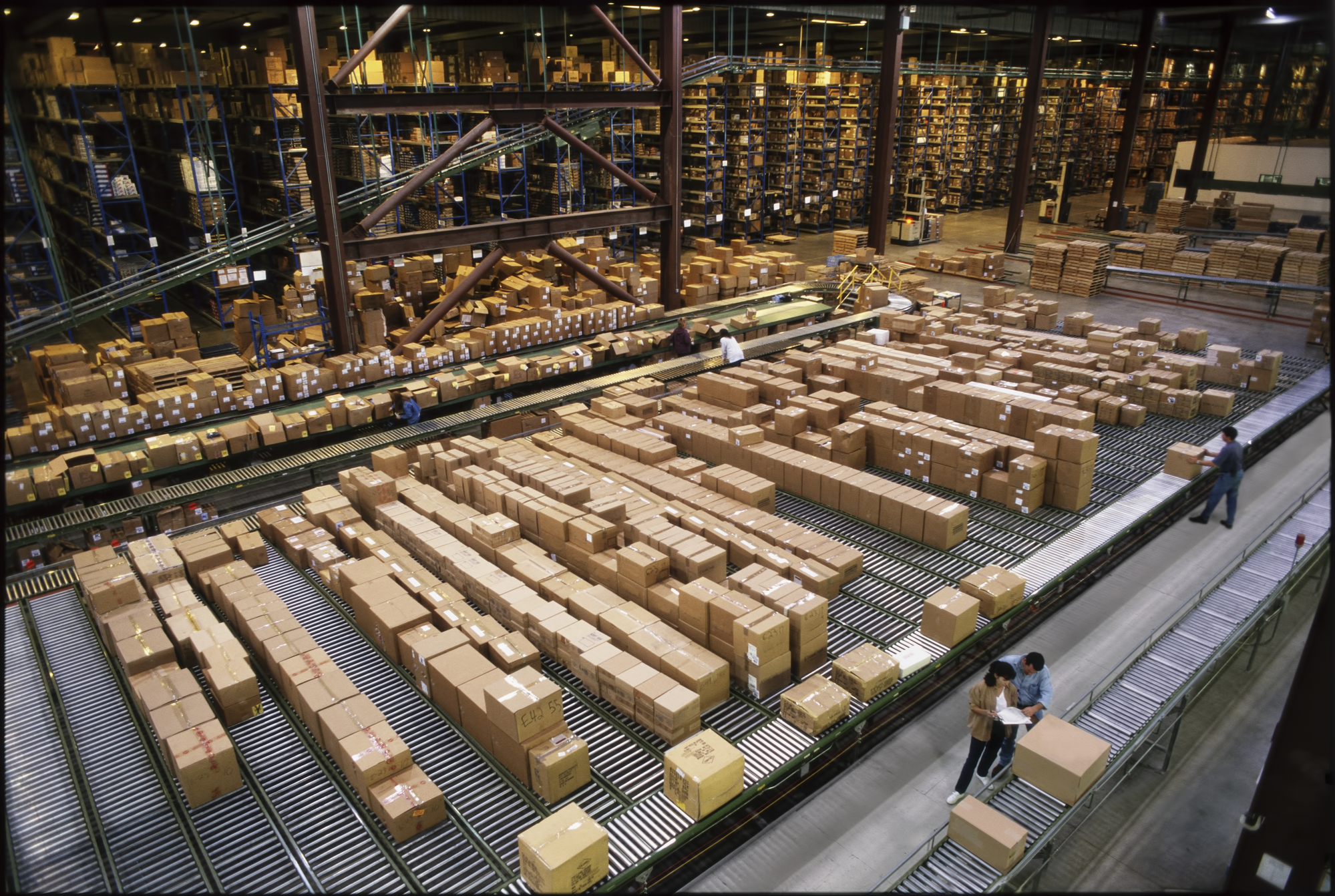From March to April, the U.S. imposed tariffs on nearly every nation. In mid-March, the U.S. enacted a 25% tariff on many imports from Canada and Mexico, a 20% tariff on all Chinese imports, and a global 25% tariff on aluminum and steel. On April 3, a 25% duty began applying to imports of all autos and auto parts, with some exceptions for cars made in Mexico and Canada that fall under existing free trade agreements. On April 2, the US announced that a flat 10% tariff on all imports, along with additional duties on goods from many other countries, would go into effect. Most goods from China, for example, will be subject to a 54% tariff, and Vietnamese imports will face a 49% tariff.
Tariff policies have also been subject to sudden change. Blanket tariffs on all Colombian imports were briefly enacted and then dropped after Colombia complied with U.S. demands. In another example, the 25% tariffs with Mexico and Canada initially applied to all goods, but two days later, they were limited to products that don’t fall under the United States-Mexico-Canada Agreement (USMCA) trade pact.
It is difficult to predict how U.S. tariff policy will evolve over the coming months, but the impact on the supply chain is already significant. The increase will be sharpest for products, raw materials, and components not available in the U.S., but as demand rises for domestic goods, prices will rise for them as well. This sudden increase in demand will lengthen lead times and cause shortages that will ripple through the supply chain.
The disruption will be especially pronounced in North America, where supply chains have become tightly and deeply integrated across Canada, Mexico, and the U.S., thanks to decades of free trade agreements. Products may pass across the border many times in various stages of completion as different facilities in different countries transform raw materials into components, subassemblies, and, ultimately, finished goods ready for sale. Every border crossing into the U.S. adds additional cost to the final price.

Kevin Bell of SYSPRO.
Over time, companies will streamline their supply chains to minimize or even eliminate border crossings, but unraveling these intricately interwoven cross-national relationships will take time. Given the difficulty, companies won’t likely undertake such an enormous project until it becomes clear that the tariffs are here to stay.
Lessons from the pandemic with an assist from technology
The supply chain has experienced a similar shock before. The COVID-19 pandemic and its aftermath caused swift changes in demand, abrupt shortages of raw materials and products, and rapid price fluctuations. Supply chain managers can apply the lessons they learned about dealing with uncertainty to the current situation. Principally, organizations must take measures to achieve maximum agility and visibility so they can quickly adjust.
Technologies can help achieve both goals, while also positioning the companies that adopt them in a much stronger position to thrive once the current trade volatility subsides. Here are the priorities for managing the tariff challenges.
Enable multi-sourcing
Supply chain managers should work with a much larger number of suppliers than they previously did to secure quality products and raw materials within a reasonable amount of time for the lowest price. Multi-sourcing, however, grows exponentially more complex with every additional supplier. Manually managing it quickly becomes unworkable.
Artificial intelligence (AI) and machine learning can automate multi-sourcing management, enabling supply chain managers to rapidly identify alternative sources when current suppliers become unaffordable or experience shortages.
“In unpredictable times, the more advanced notice a supply chain manager has of a potential problem, the better the chance of avoiding a bad outcome.”
Invest in demand forecasting and inventory optimization
In unpredictable times, the more advanced notice a supply chain manager has of a potential problem, the better the chance of avoiding a bad outcome. AI and predictive analytics can employ both internal and external information to alert managers of looming shortfalls before they happen, so organizations can act to prevent them. Additionally, these technologies can curb the temptation to overcompensate and order far more products or raw materials than are needed.
Increase operational flexibility
But insights are only half the solution — organizations need to be able to act on those insights to see any benefit. Shortages may occur without much notice, especially as the supply chain adjusts to the initial shocks of the new tariffs. Technologies that provide what-if scenarios empower managers to explore solutions and understand the implications of challenges as they arise, so manufacturers can adjust production schedules, distributors can adjust deliveries, and retailers can search for alternative products.
The new tariff situation presents a significant, but not unfamiliar, challenge to the supply chain. Those who take action to deploy the technologies that provide agility and visibility will not just weather the current crisis, but will also emerge as stronger competitors when trade returns to normal.
Kevin Bell is SVP of Business Development at SYSPRO




